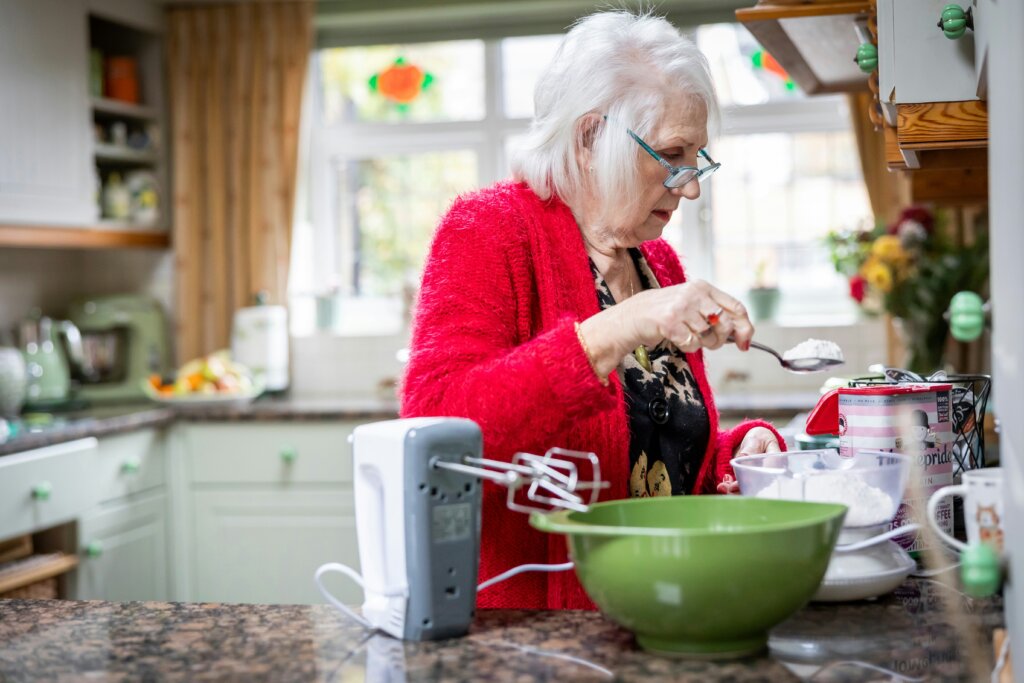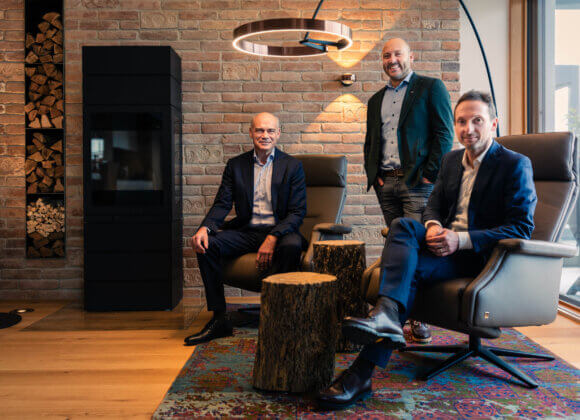The topic of senior-friendly or assisted living is becoming increasingly important in view of demographic developments. This is because Austrians are getting older and older. By 2050, people over the age of 60 will make up around a third of our society, and by 2080 the number of people over 65 will rise to 2.17 million. However, the demographic trend is not only a challenge for the care and social sector, but also for the real estate industry. After all, the declared aim of senior citizens is to remain independent in their own homes for as long as possible, with support if necessary.
However, these are generally not geared towards the needs that arise with increasing age and the associated limitations. “Currently, two thirds of people over the age of 60 live in homes that are not barrier-free. There are tripping hazards such as doorsteps or carpets,” says Franz Kolland, Head of the Competence Center for Gerontology and Health Research at the Karl Landsteiner Private University for Health Sciences in Krems. Developing concepts for affordable, age-appropriate living will therefore become one of the key issues for the housing industry in the coming years and decades.
Assisted living as an alternative
One of these concepts is assisted living. There is certainly interest in it: As the “Wohnmonitor Alter” study by KL University Krems shows, when senior citizens move house, moving into assisted living is the most common option at 39 percent. In addition, 33% of those surveyed stated that they would consider this option if the worst came to the worst.
By contrast, around half of those surveyed reject multi-generation houses and retirement flats. “You have your own apartment, your own place of retreat, but at the same time the opportunity for social contact. In addition, you are supported in many aspects of daily life,” says Kolland, who believes that this form of living has potential.

What is assisted living?
Assisted living is generally understood to mean small (approx. 45-65m²), senior-friendly, barrier-free apartments in manageable houses, which are usually built in central locations by non-profit building associations or private developers using housing subsidies. The available space is supplemented by communal rooms, possibly open spaces – and care services from various providers such as the Red Cross, Hilfswerk, Diakonie or Caritas.
However, in the absence of a concrete definition, the exact nature of the care provided varies greatly. Depending on the provider, the spectrum ranges from small service packages to support from social care professions through to connection to a care home. Assisted living apartments are rented as normal. However, a separate care agreement is concluded for the support in addition to the rental contract.
What level of care do you need for assisted living?
If you want to move into an assisted living facility, most providers do not require you to be in need of care. A care level is therefore not required. However, some providers, such as the Vienna Social Fund, require a need for care as defined by the care allowance legislation, but no need for “round-the-clock care” in order to be accepted into an assisted living home.
What does assisted living cost?
The costs for assisted living apartments are generally based on the size of the apartments. If housing subsidies were used to build the home, the rents are regulated by the respective state regulations. The cost of care varies depending on the provider and care package.
However, in some federal states, such as Styria, up to 100 percent of childcare costs are covered by the province of Styria and the municipalities on a socially graduated basis – provided that a care contract has been concluded with the service provider.
In Vienna, the costs are calculated by the Vienna Social Fund (FSW). They are based on income and care allowance and are socially graduated. The cost contribution you have to pay therefore depends on the amount of your net income, care allowance and assets.
How do you get into assisted living?
It makes most sense to get in touch with property developers who offer assisted living apartments in the region. Municipalities also know about such offers. Incidentally, you must be over 60 years old. If the house was built with housing subsidies, the relevant requirements must be met.

Franz Kolland is a sociologist and gerontologist. His research focuses on quantitative sociology and social gerontology with a focus on educational and cultural research in old age, health and care provision, older employees and new technologies.
Related posts:
Age-appropriate living: how to make your home future-proof













